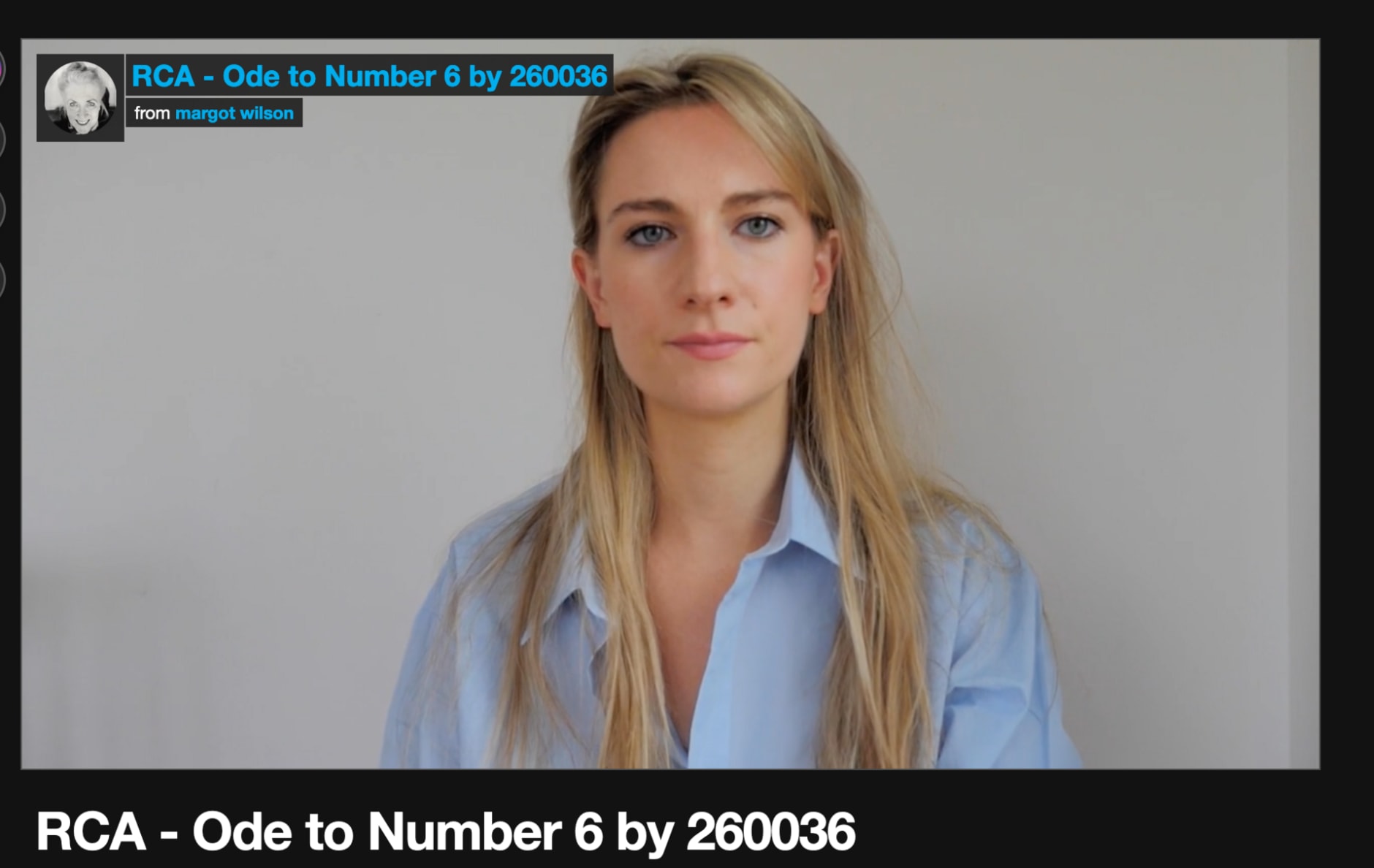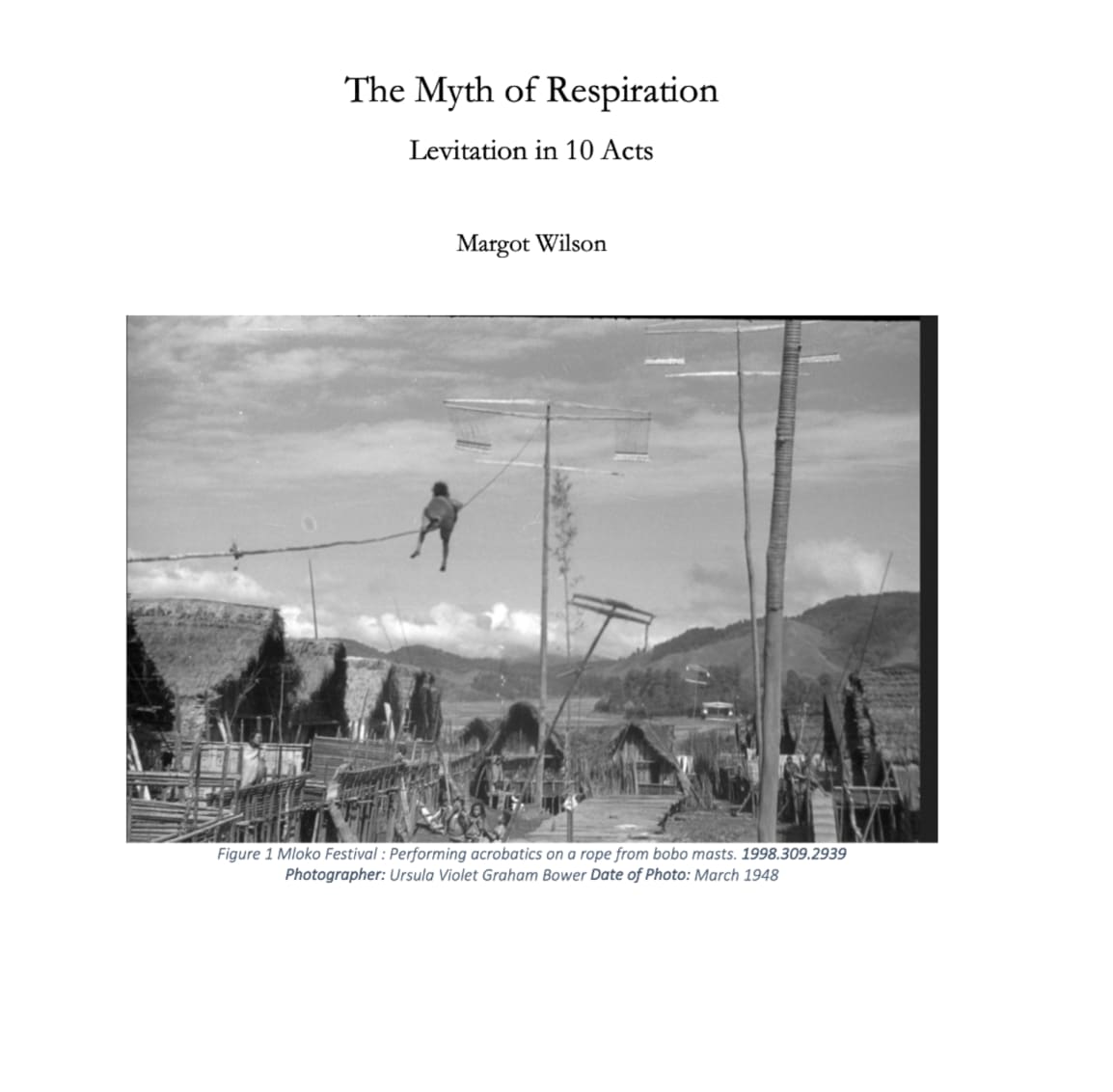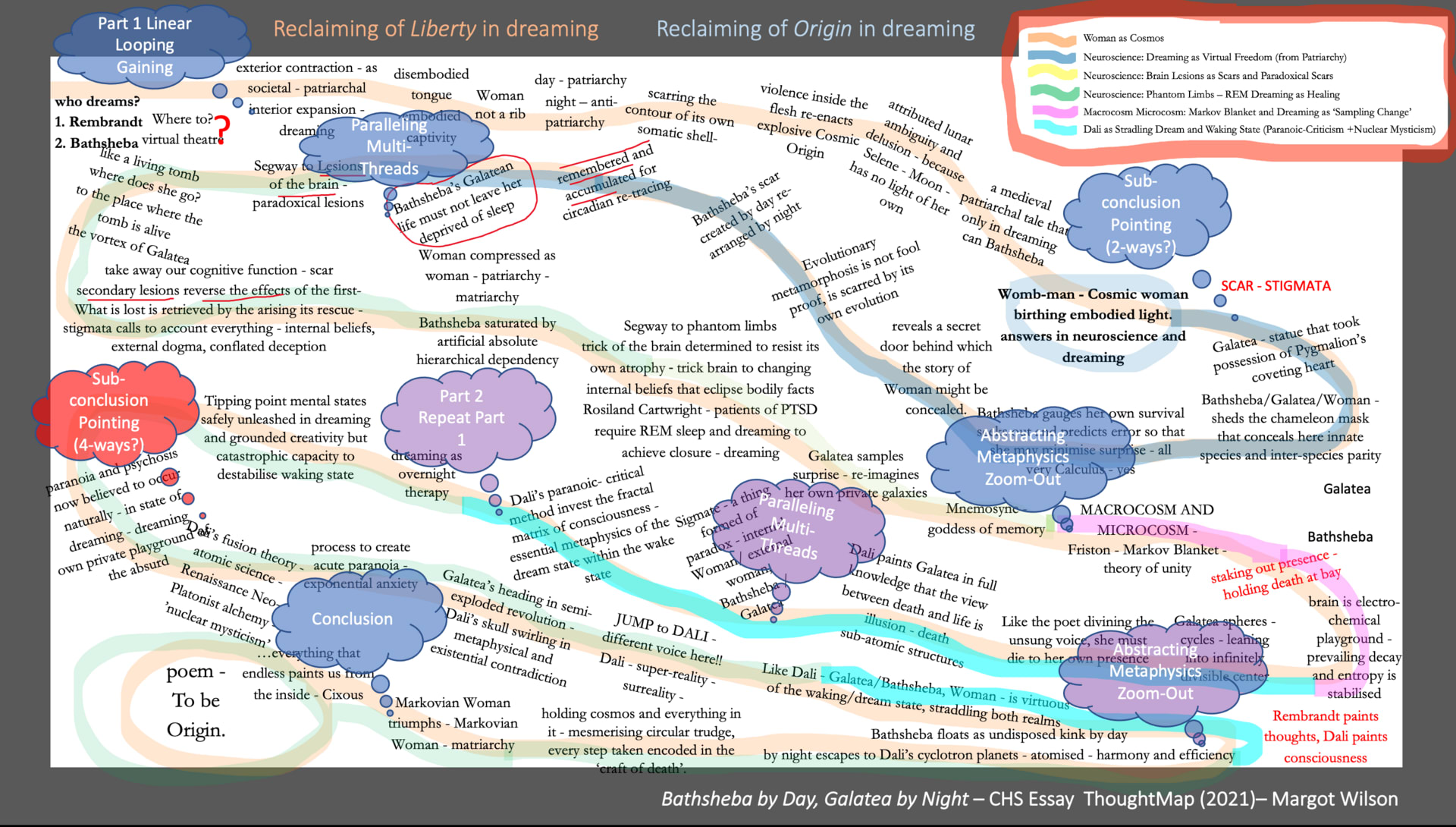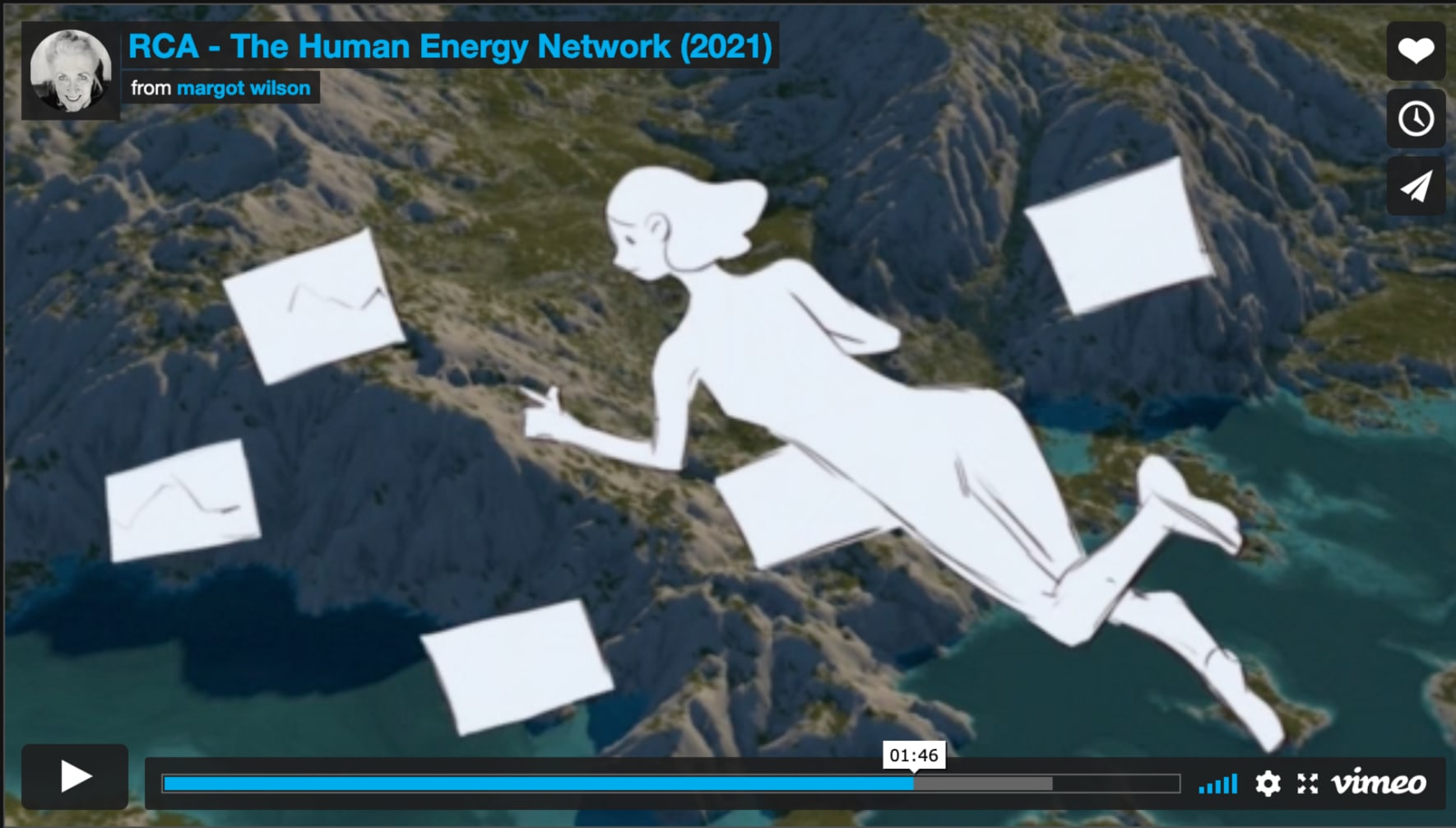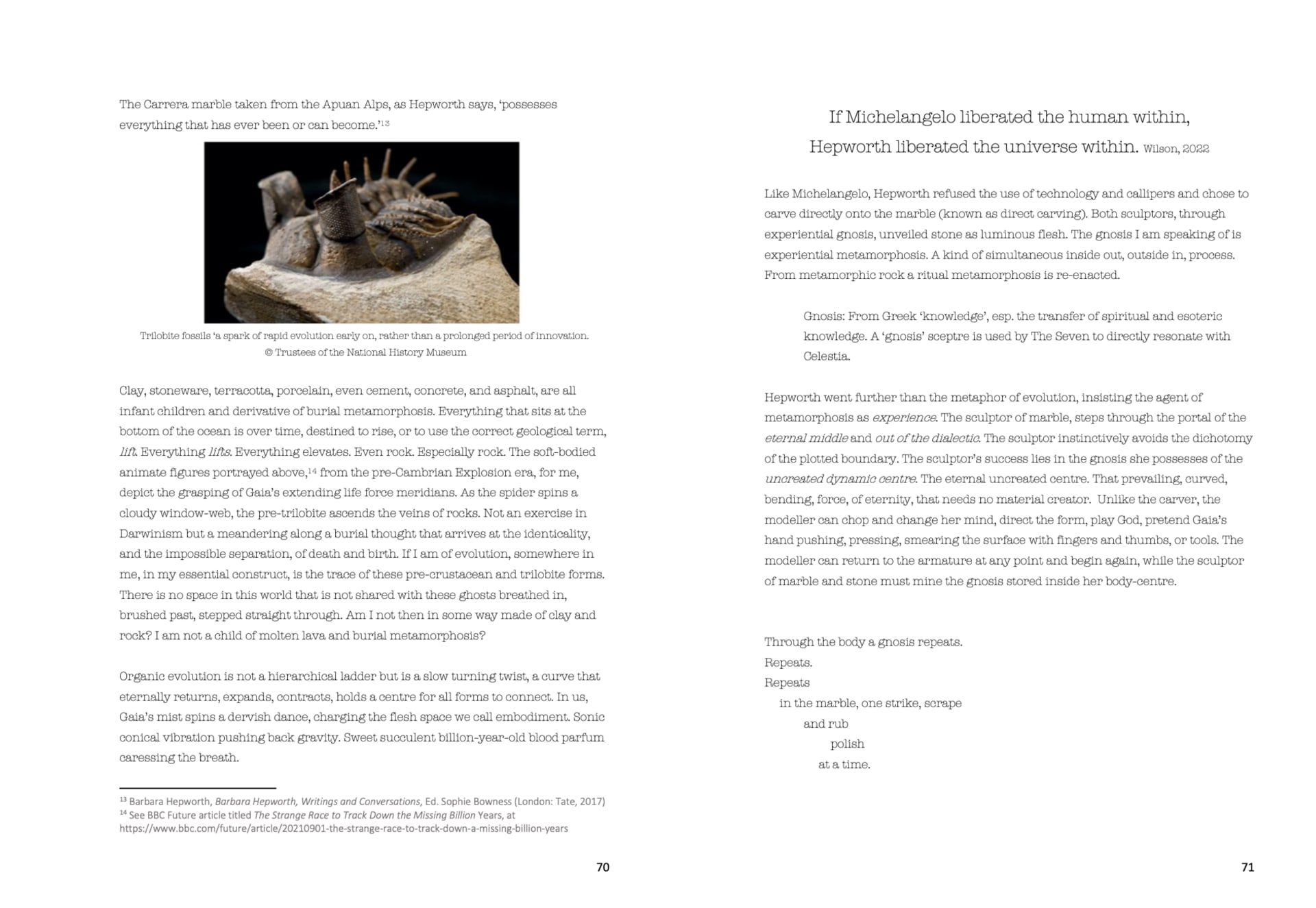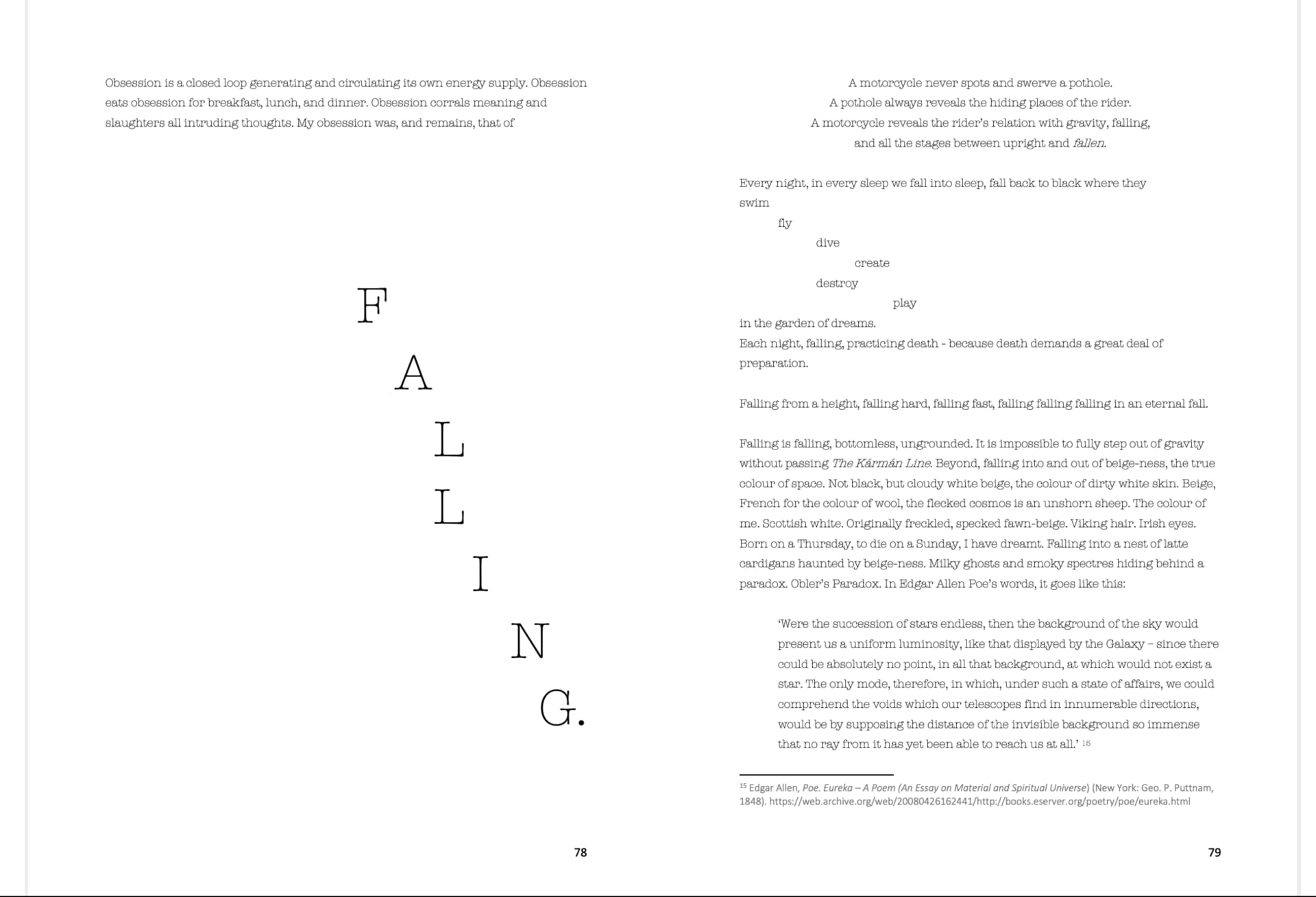Margot Wilson is an artist and writer living with her partner on a houseboat in the outskirts of London. She read philosophy at Birkbeck and Glasgow and writing at Sheffield and The Royal College of Art. Margot’s work is obsessed with horses, death, levitation, vicious circularity, and numbers being kept in their place. Her plays have performed at The Cockpit Theatre (London) and Drama Studio (Sheffield) and her poetry is published in Route 57, The Mechanics Institute Review, Bare Fiction, Prometheus Dreaming. Prior to the pandemic she also performed at The Bowery Poetry Club in New York. As a self-taught artist she has created and exhibited sculpture and paintings since the 1980s, including: The Mall Galleries, Blenheim Gallery, Thrown Contemporary Winter Exhibition, and in 2021 her work received a Special Jury Mention at Art&Cavallo Exhibition in Verona, Italy.
Margot Wilson


I work in text and sculpture as video, clay, paper, etchings, and prints, drawing with both hands simultaneously and practicing automatic writing. Tantric performance lies at the centre of my research and creative practice. It is steeped in ancient and occult concepts of elevation and levitation created by dynamic spiral forces found in DNA, kundalini energy, and Yeats’s Thirteenth Cone. The spiral tightens, creates a torque that shivers arrests floats. The spiral twist opens closes expands contracts multi-directs the sensory flow of text and line to page. The gap between hand and line is an eternal folding fold.
My RCA final major project is about a motorcycle road trip to a funeral 45-years late. The project re-imagines death as a material continuum, a rock metamorphosis, a circadian cycle, and the glimpsing of agency in fear. This account of my brother’s death reflects my marginal involvement in his death. Setting out on this pilgrimage I was determined to meet the road and encounters on their terms. On reflection, the pilgrimage mirrored my experience of Robin’s death. Minimal external explanation, maximum silent chaos and metaphysical diversions, some useful, some not.
Image: Riding the Picos, Spain, 2019. Photograph by James Merrell.
